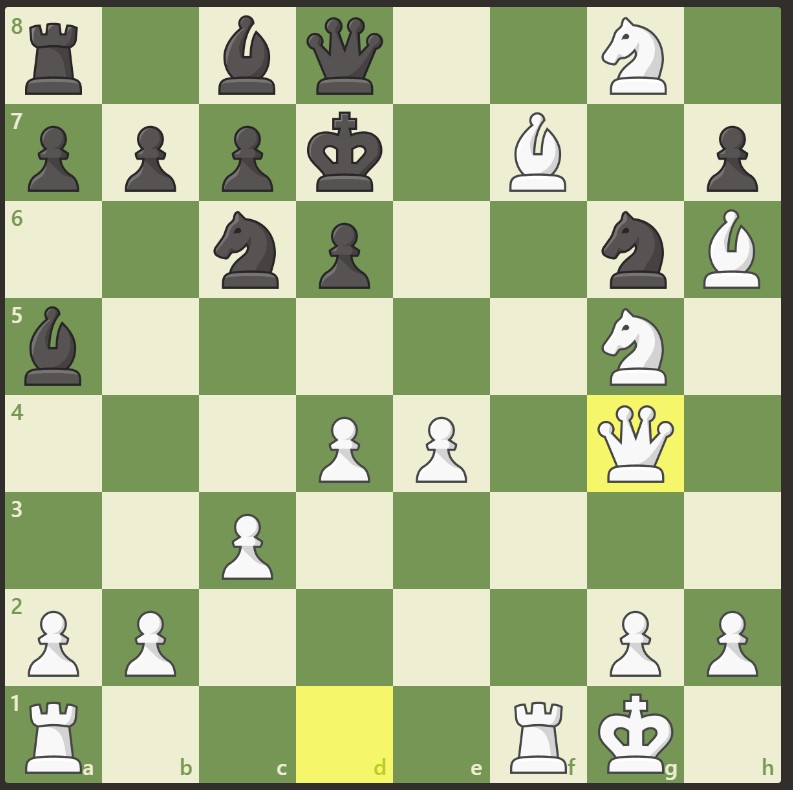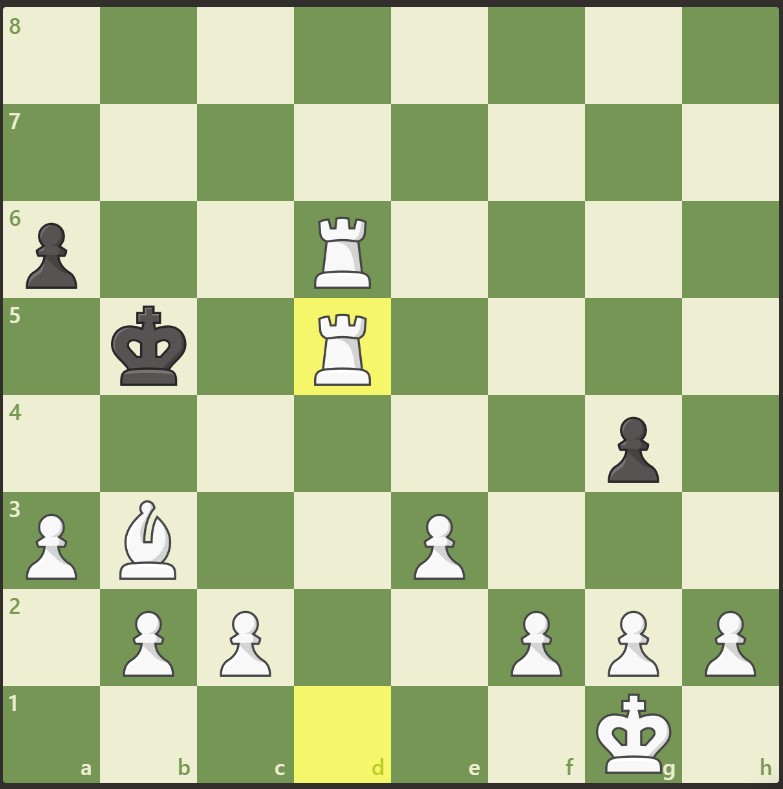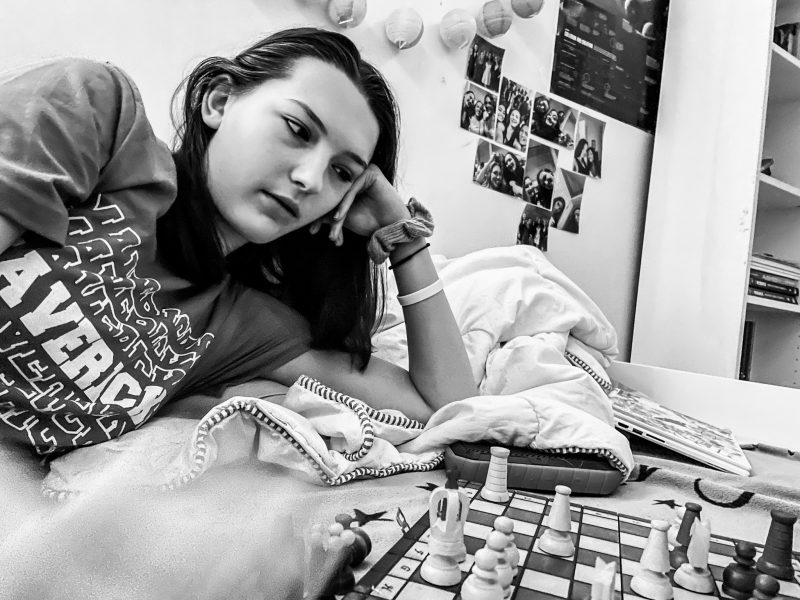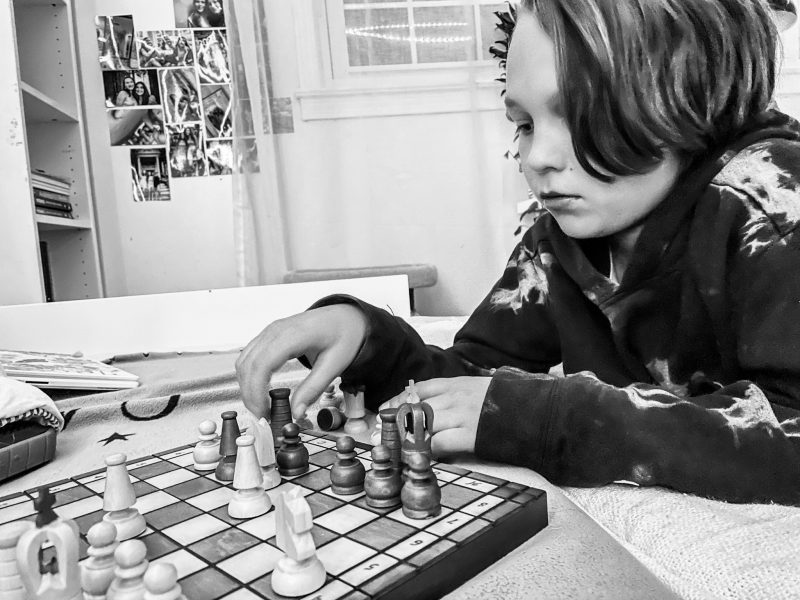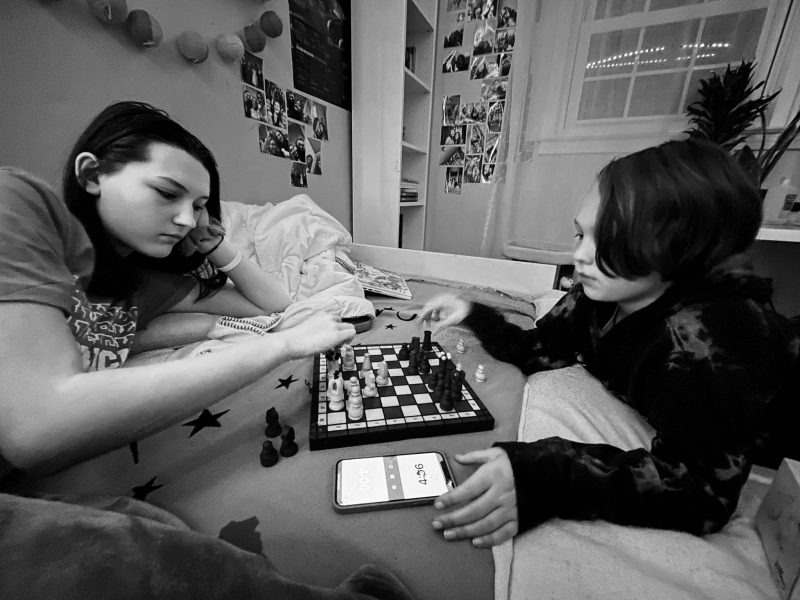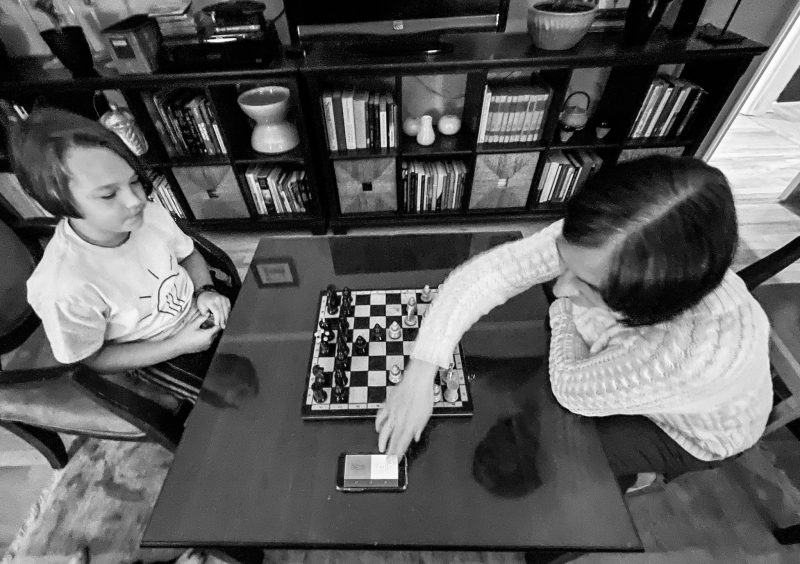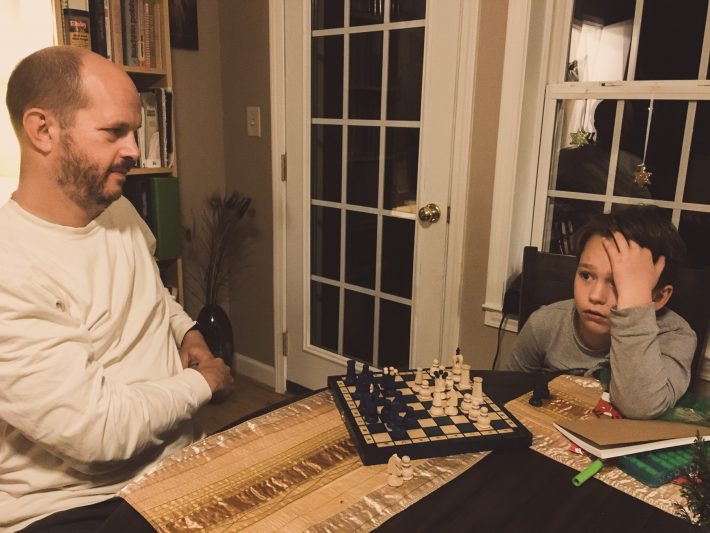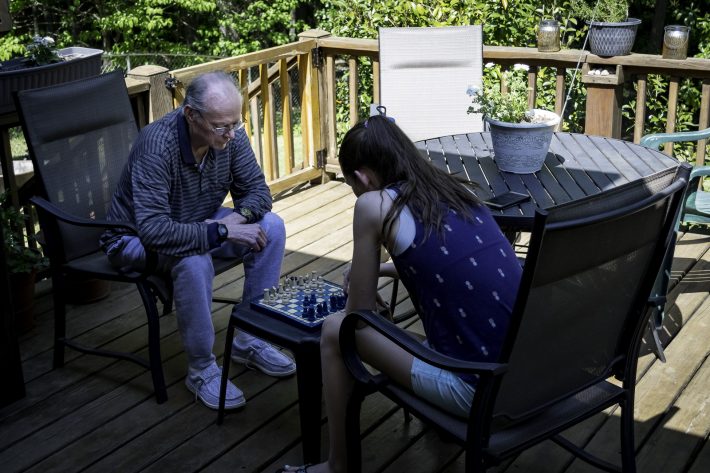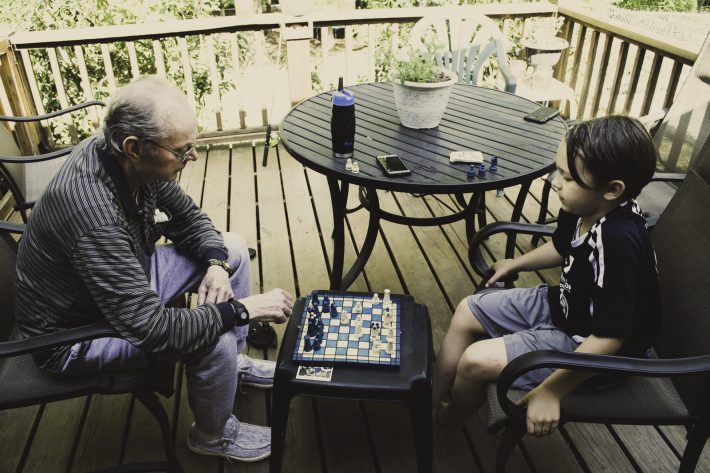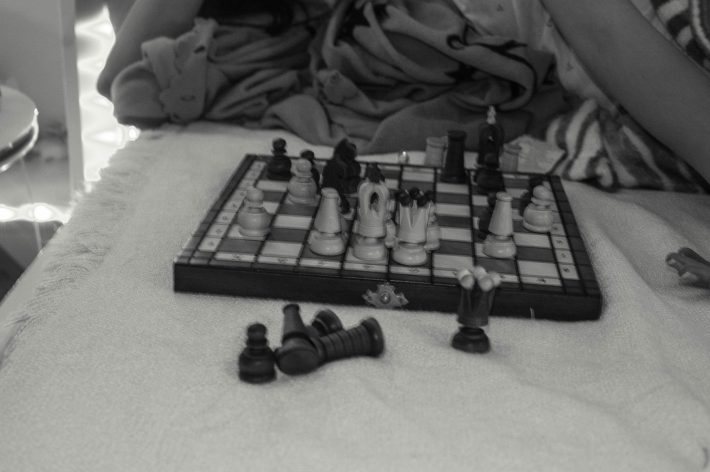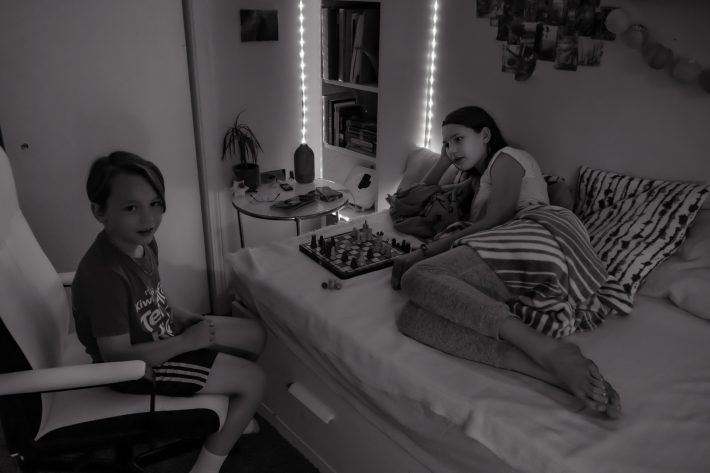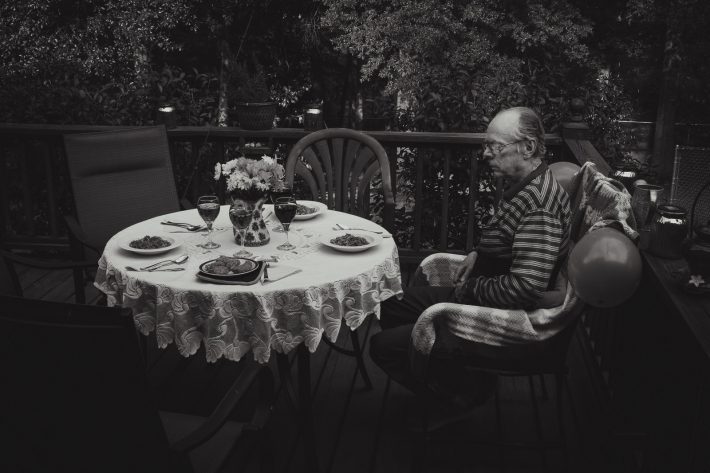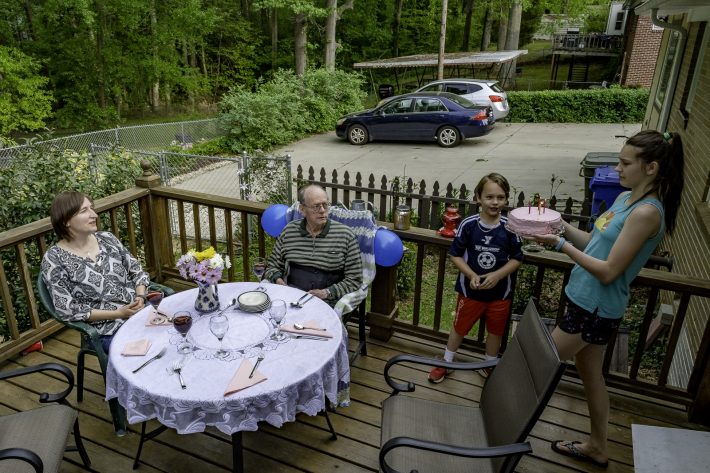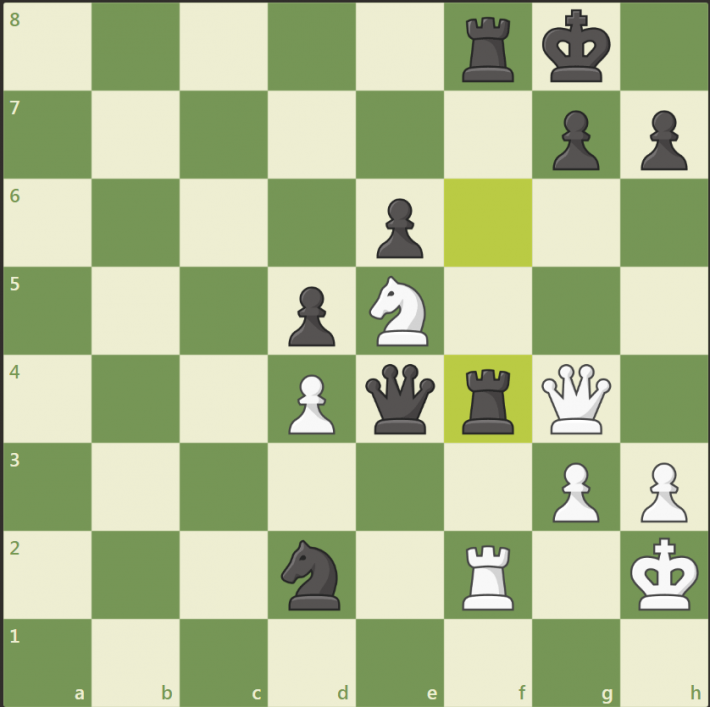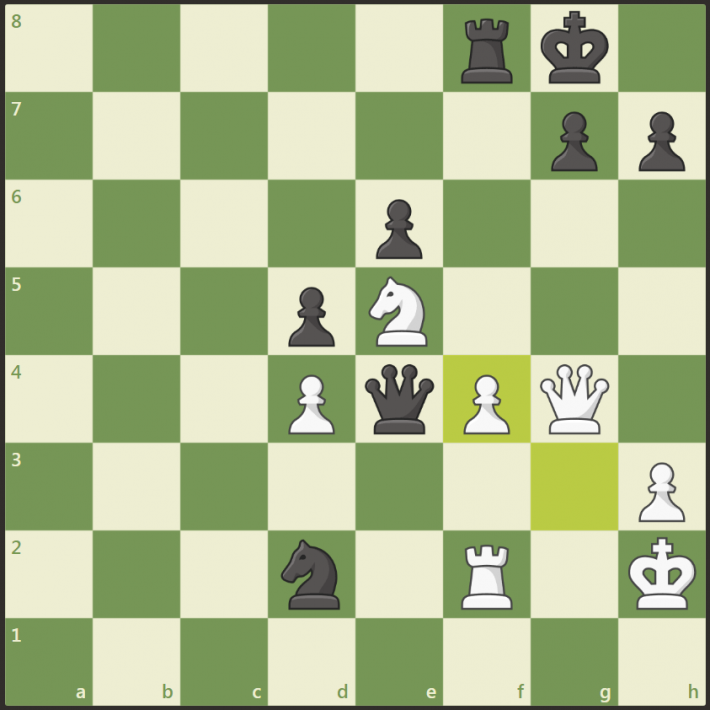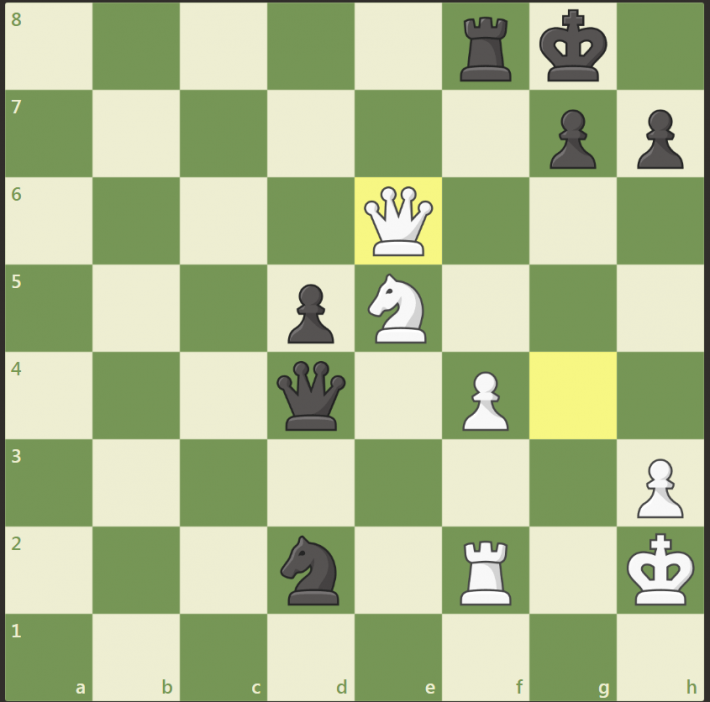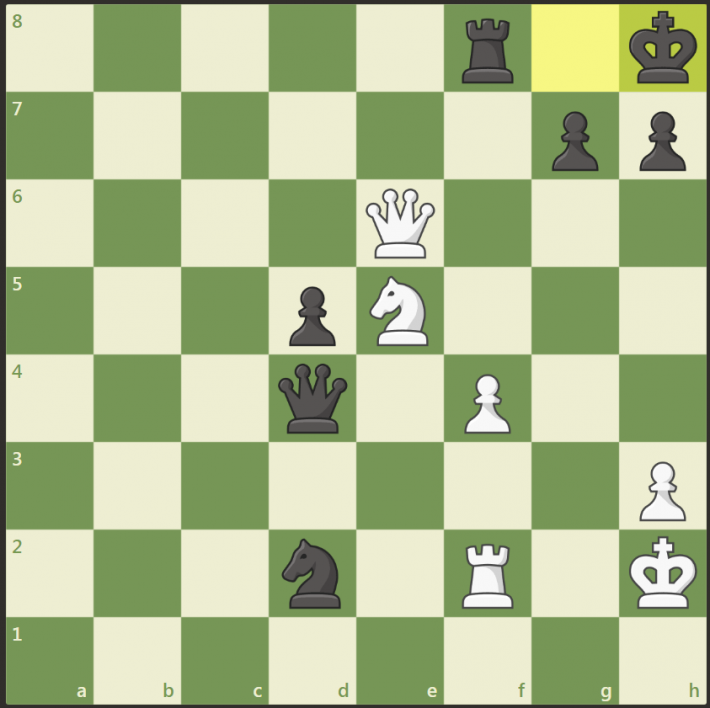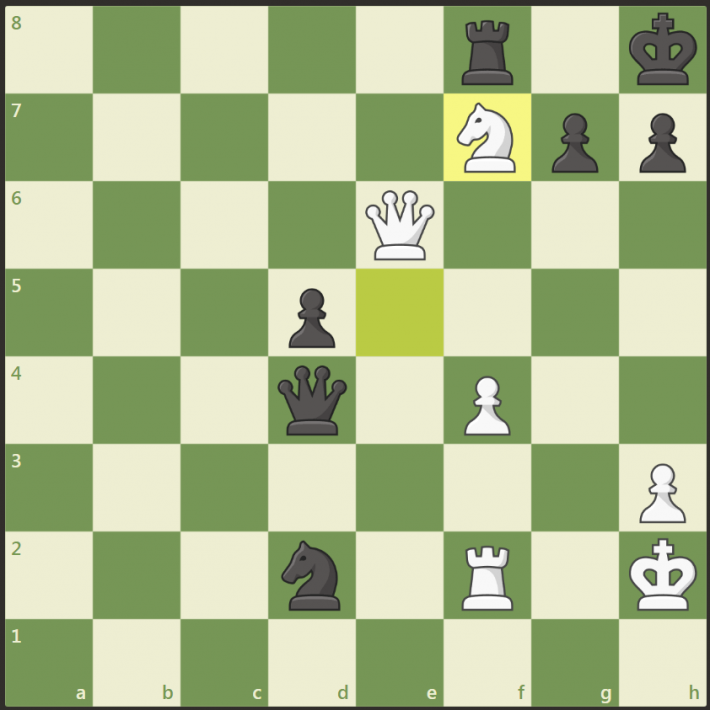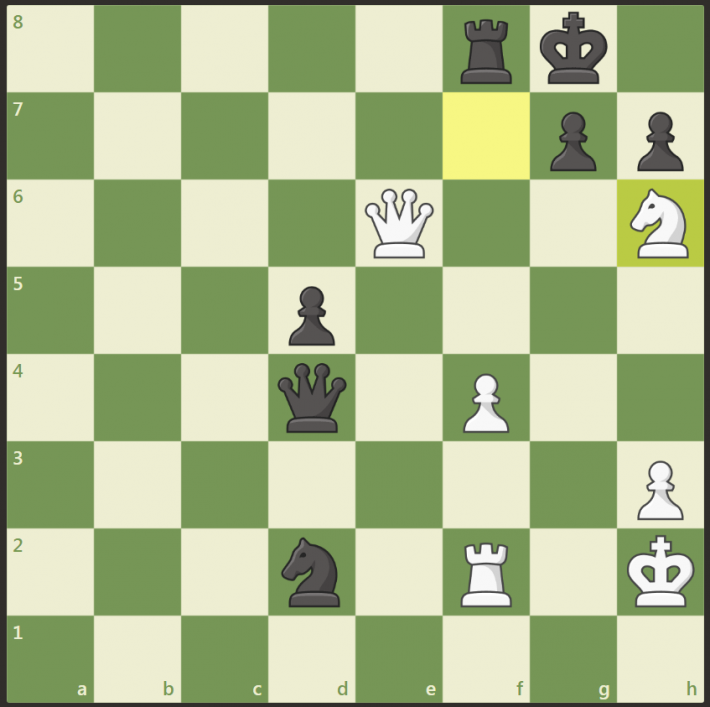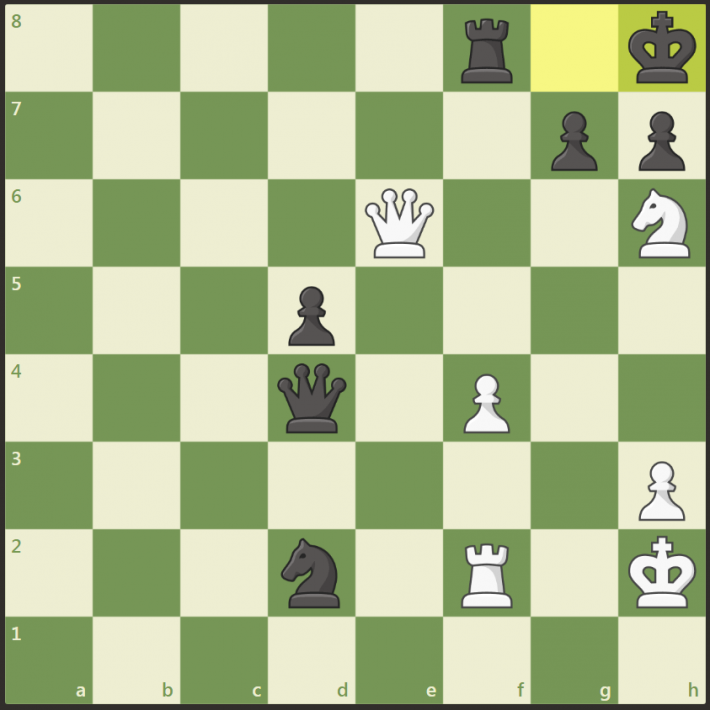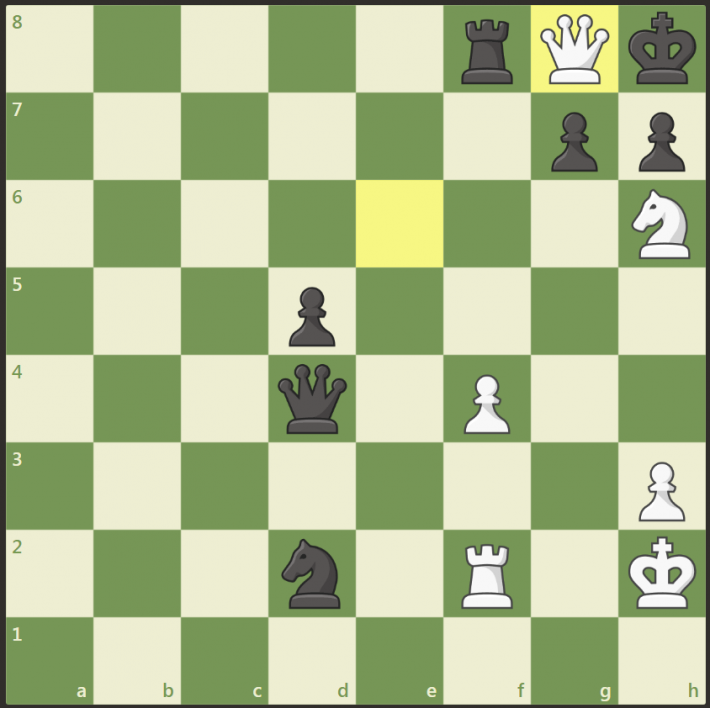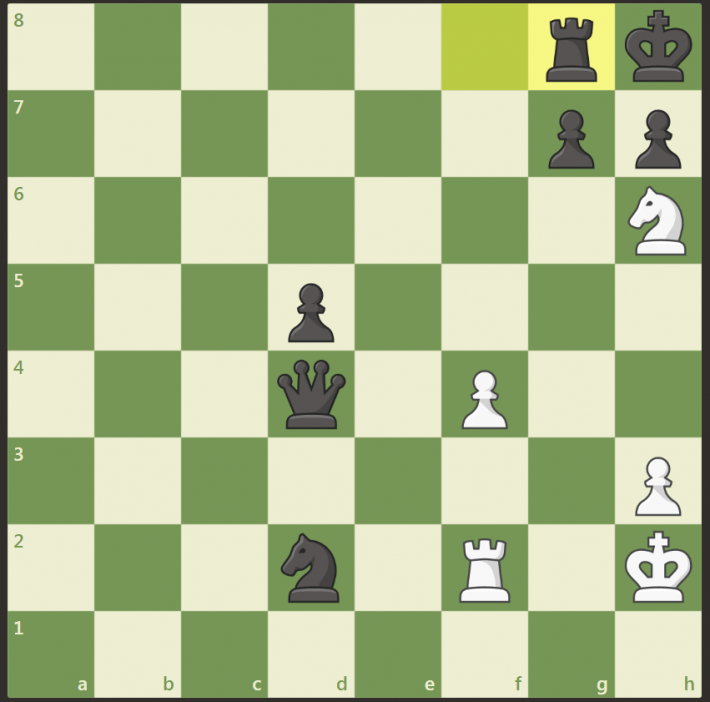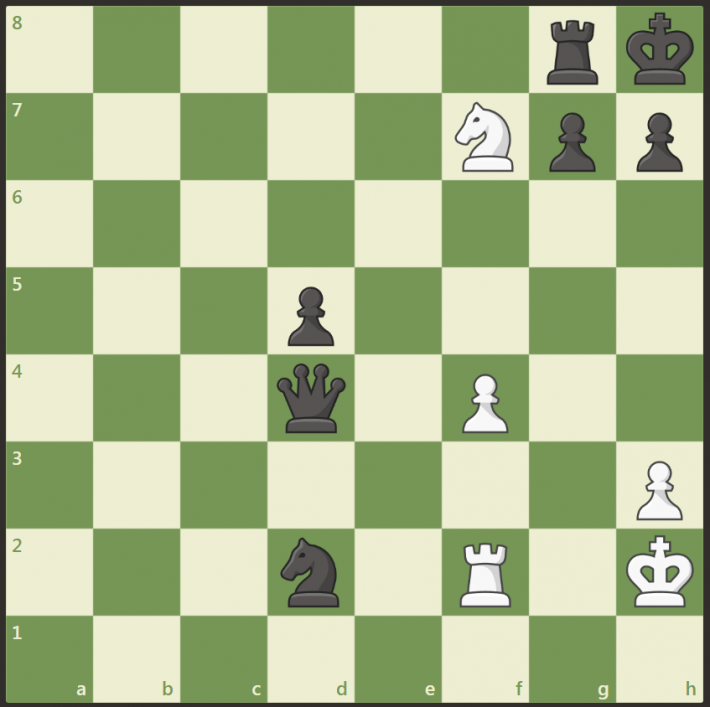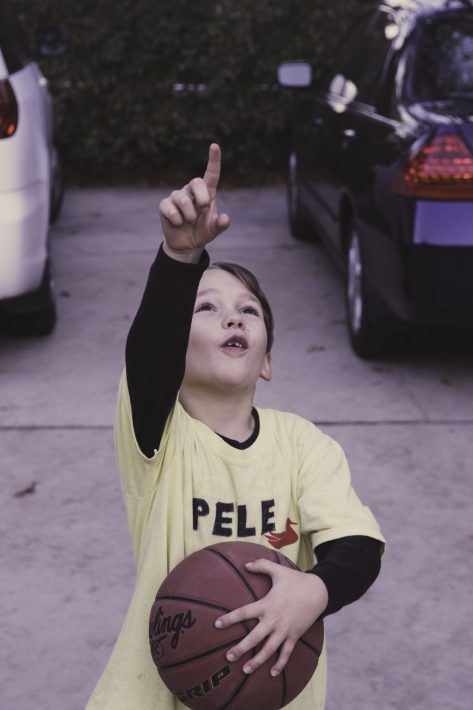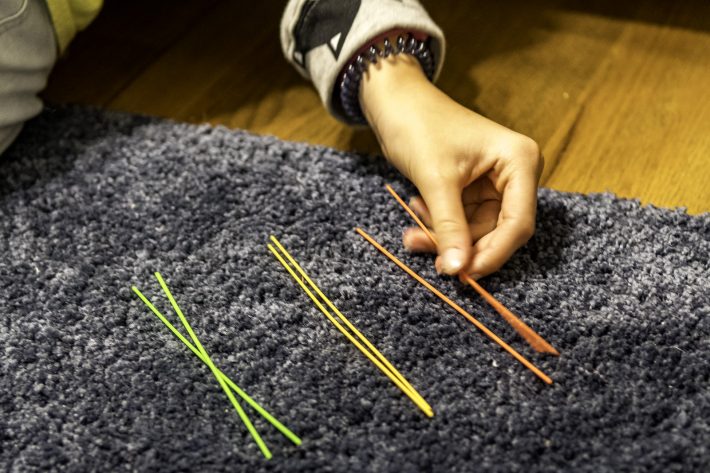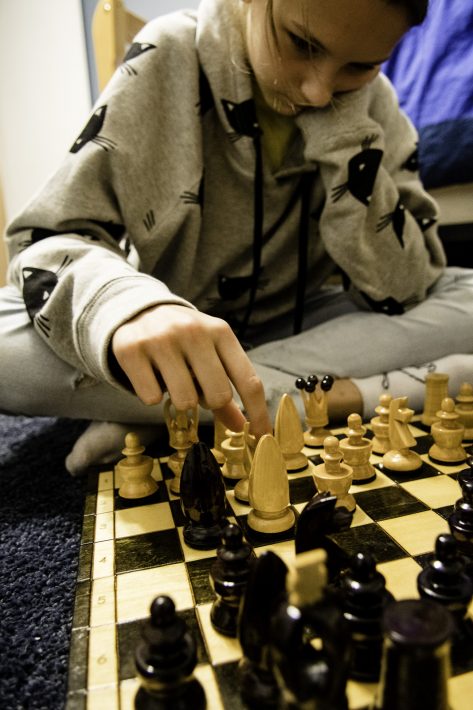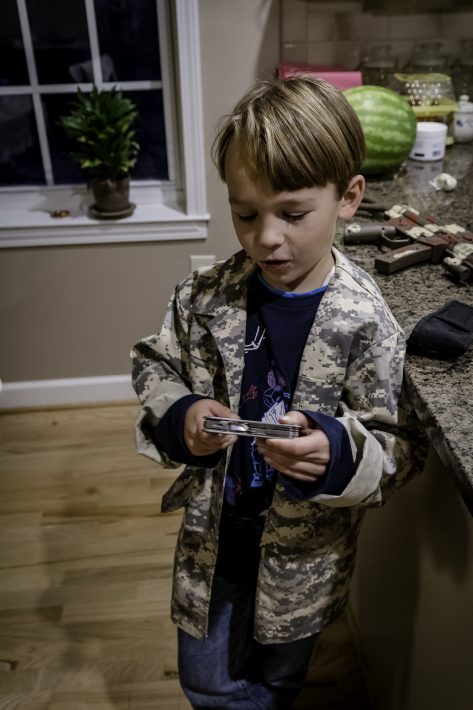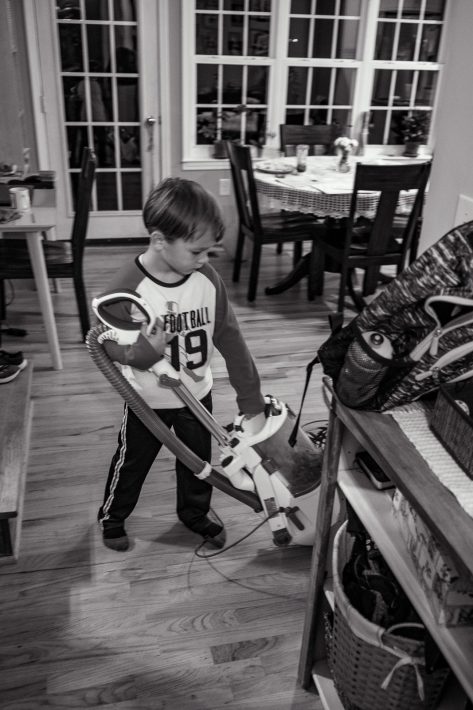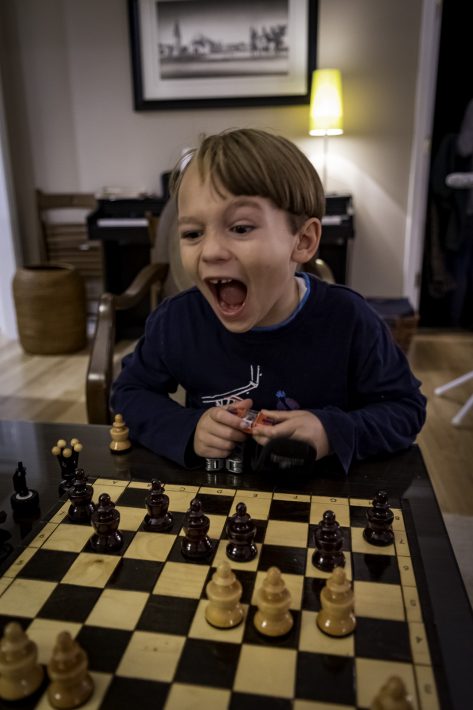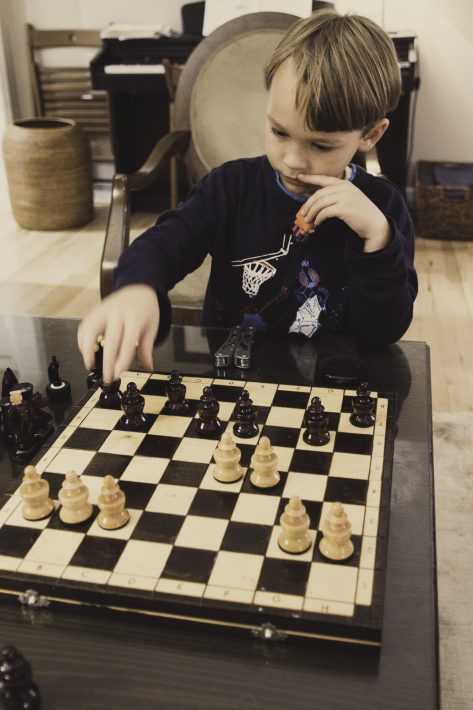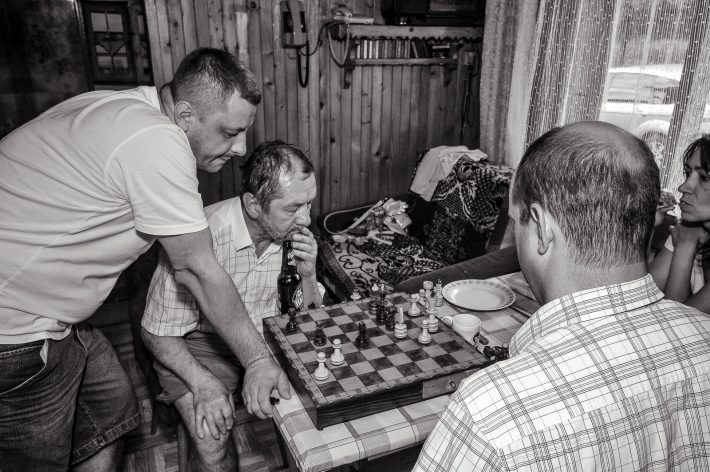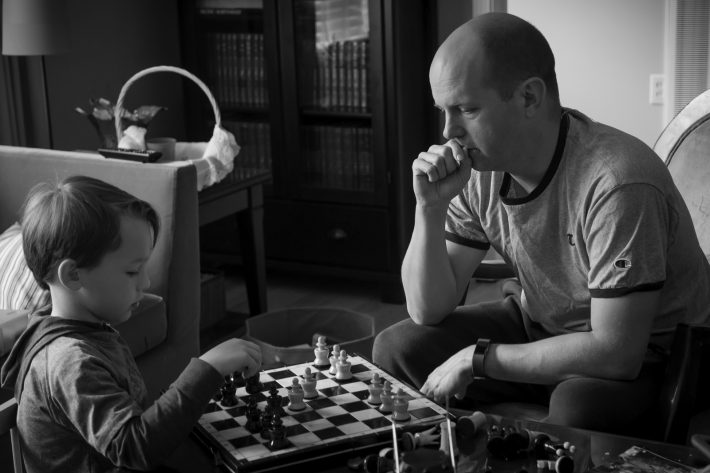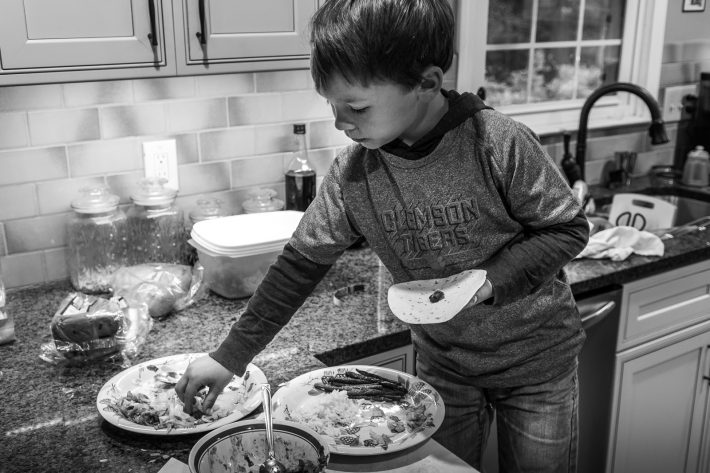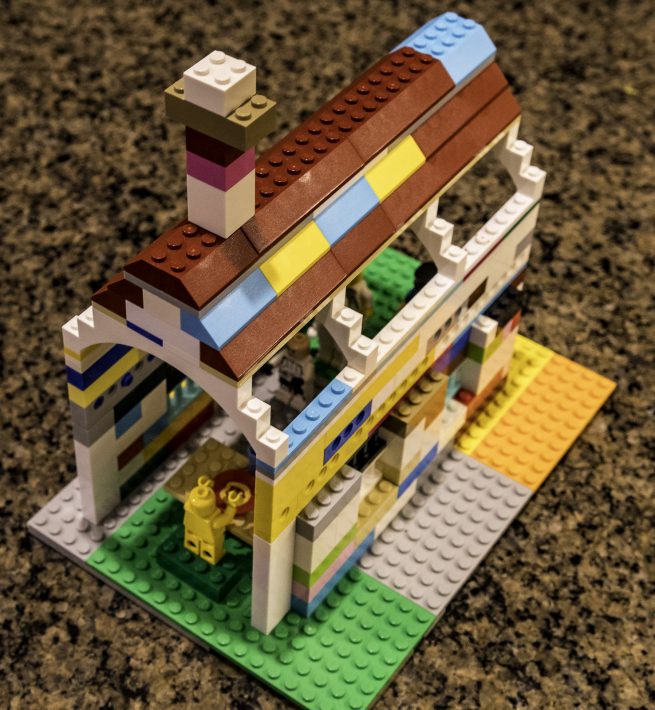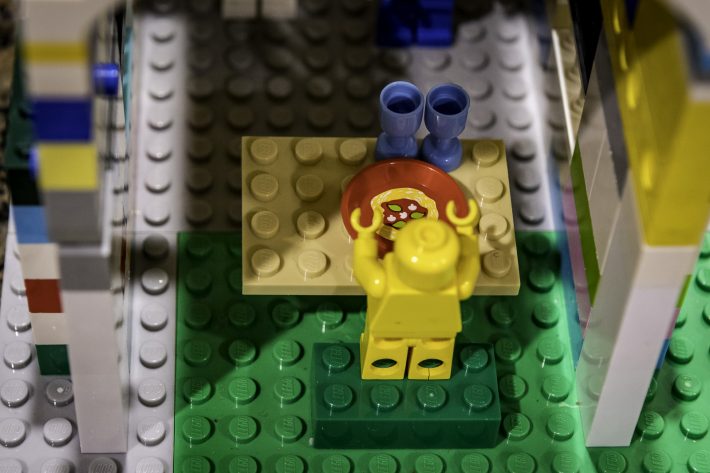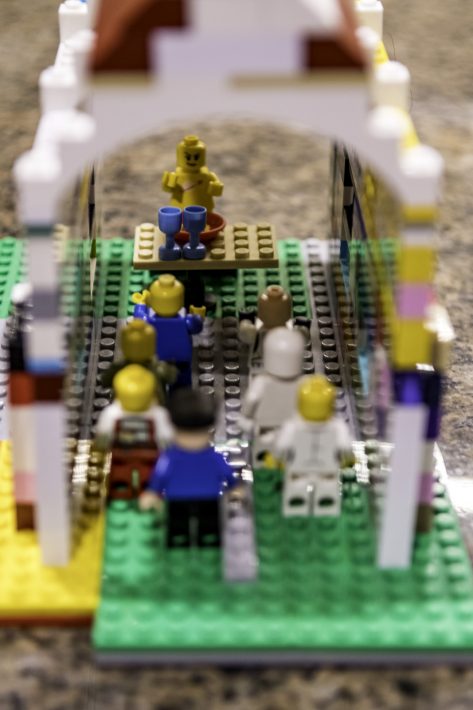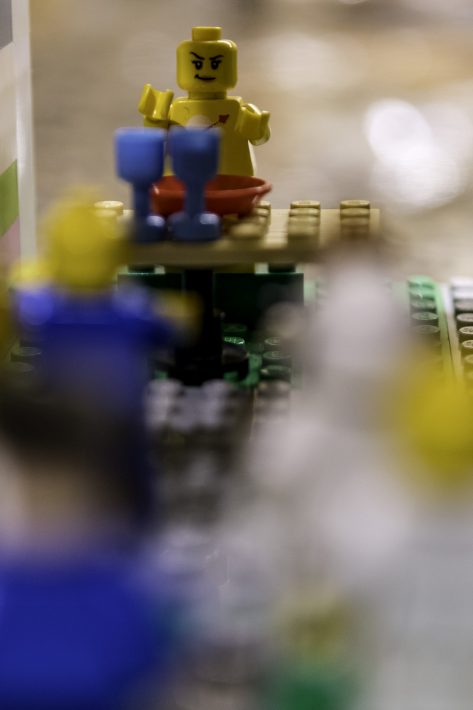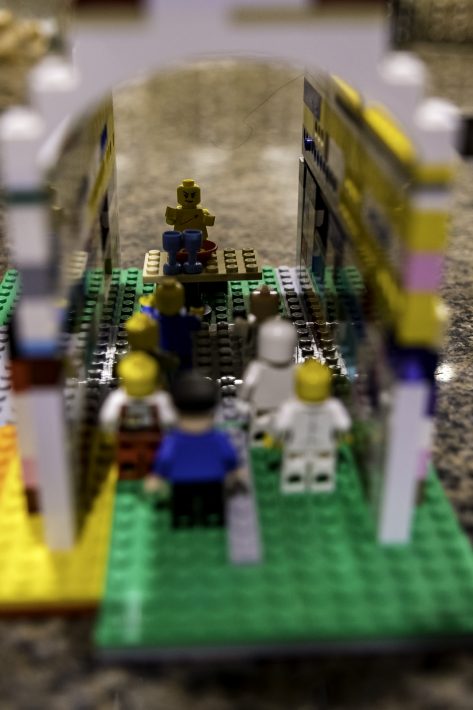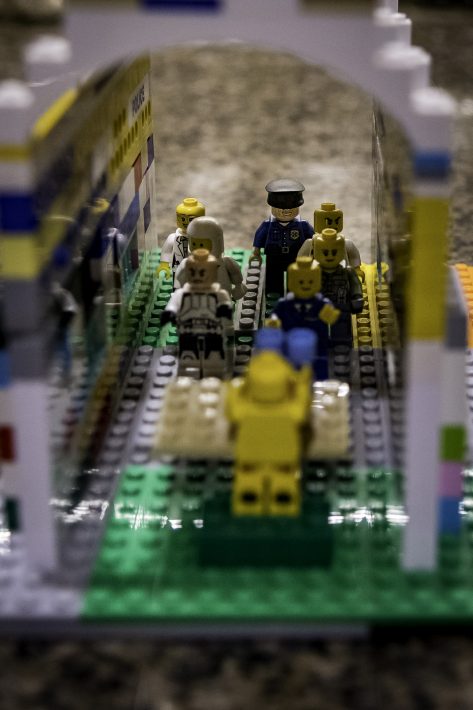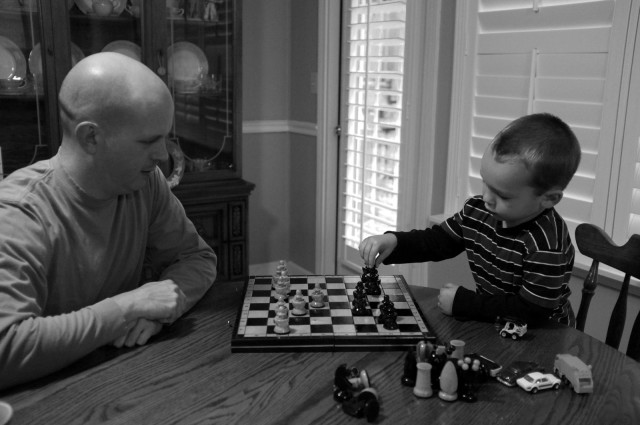I had a thought during chess club today: many of the kids who come for our meetings are, for lack of a better word, nerds. That’s how others see so many of them. Social misfits, uncoordinated socially and physically. I think it’s fairly safe to say that a lot of the kids who come to play chess don’t always feel like they fit in. During PE class, one or two might suffer mini- (or not-so-mini-) anxiety attacks at the thought of participating in a physical activity. During social time, one or two might feel completely lost when around the “cool” kids. When tensions flair in a hallway, one or two might cast a quick glance at the kid who bullies others, wondering if they’ll be the new victim. One or two. Or more.
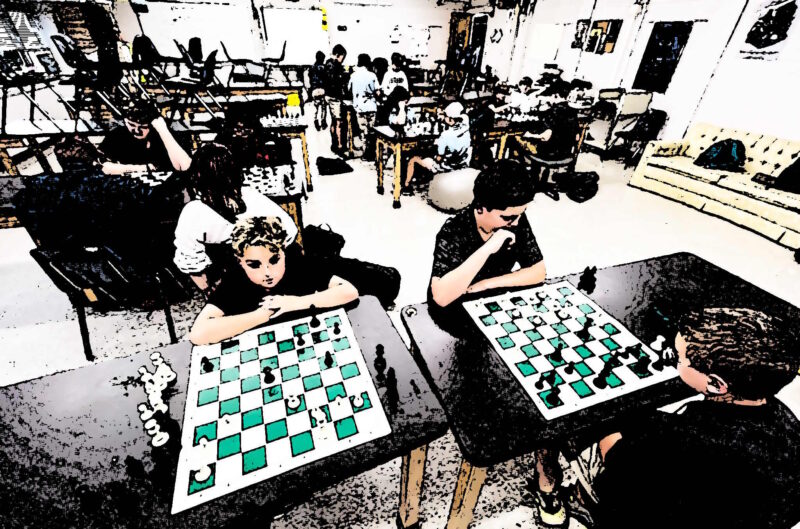
And it occurred to me as we finished up, and I heard one boy as he was leaving saying, “I love chess club,” that this might be one of the few times some of these kids feel absolutely in the right place with the right people. It might be the one time they feel like they fit.
In the evening, the Boy and I sat in the basement reading. He’s put off an assignment for far too long, and tonight we started making headway to the Friday deadline.
The first hurdle: where did you stop?
“I don’t know. I can’t remember.”
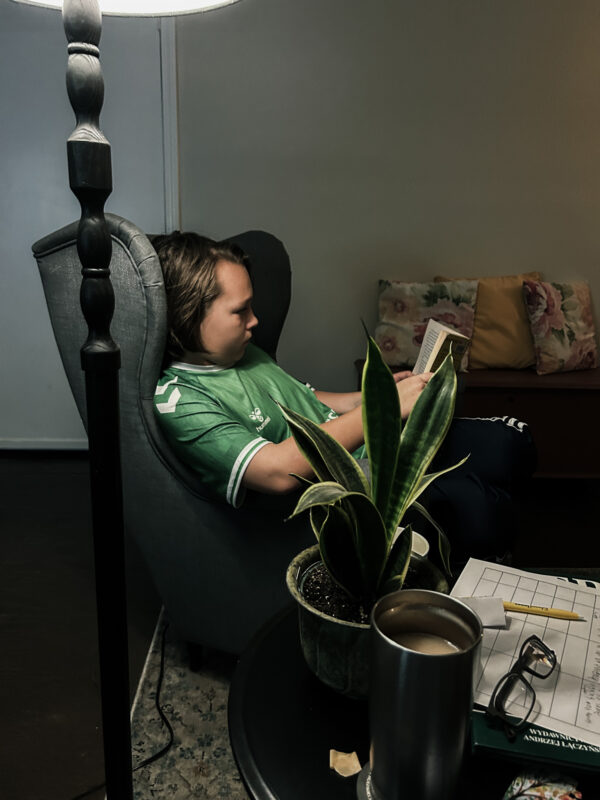
“Don’t you have a bookmark?” How can anyone keep track of reading without a bookmark?
“No.”
“Which chapter was the last you remember reading?”
“I don’t know. I can’t read Roman numerals.”
I take a quick glance: chapters are numbered with a bunch of confusing letters, so I teach him how to read Roman numerals.
Finally, we get everything squared, and he begins reading. His goal: ten chapters. His accomplishment: ten chapters.
